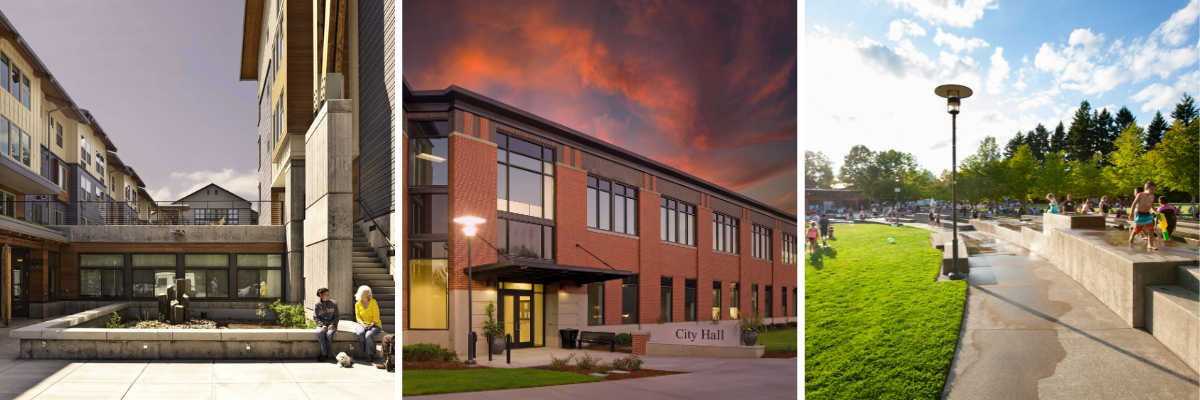Year 2000 (East Side) District - CLOSED

Notice: Effective June 30, 2023 this Urban Renewal Area was retired, having accomplished the goals, objectives, and major projects identified in the Year 2000 urban renewal plan.
 The Year 2000 Plan Area, commonly referred to as the East Side District, was primarily located on the east side of I-5, but also included Old Town (on the west side of I-5) south of Wilsonville Road and east of Boones Ferry Road.
The Year 2000 Plan Area, commonly referred to as the East Side District, was primarily located on the east side of I-5, but also included Old Town (on the west side of I-5) south of Wilsonville Road and east of Boones Ferry Road.
Since its inception, the East Side District has seen assessed property valuation within the area increase by over 1100% (original plan area). Prior to the plan adoption in 1992, the area was largely undeveloped. Transportation, infrastructure, and parks improvements provided much needed investment in the area to make it attractive for private development which accounts for most of the assessed valuation growth.
The area is now thriving with a mix of development uses, including public amenities and parks. Since 2004, 225 acres of developed property have been removed from the district and returned to the tax rolls. This included the Mentor Graphics (now Siemens) and Sysco Foods developments. The removal of these taxable properties resulted in the return of millions of dollars in assessed value to the tax rolls. After 2011, the urban renewal agency under-levied each year in order to limit tax increment collections and share revenues with taxing districts. Now that the plan is retired, overlapping taxing districts will realize the full tax revenue benefit made possible by the investments made under the Year 2000 plan.
Mission Accomplished
According to the Year 2000 Urban Renewal Plan document from 1990,
“The most critical conditions of blight ... [were] related to long-term water supply, waste water treatment capacity, water delivery system, lack of a comprehensive storm drainage system, and the existence of an inadequate and substandard street and transportation system. [Such blight] inhibit[ed] and in some cases prohibit[ed] the timely development of tax-paying property by the private sector.”
Over 33 years, strategic investments made under the Plan addressed these blighted conditions, buoying property values and livability while supporting new industrial, commercial, and residential development.
By The Numbers
$107.2M
Total Project Costs
↑1165%
% increase in Assessed Value

Tools for Success
Revenue Sharing
As seen in the graph on the front page, beginning in 2003 the City began removing parcels from the district in order to limit tax increment collections to approximately $4 million per year. After FY 2010 the law changed and allowed the City to certify less than 100% of the available taxes and has limited tax increment to $4 million ever since. This allows taxing districts to enjoy the financial benefits of urban renewal before the plan sunsets.
Partnerships with Taxing Districts
The City adopted the practice of “consult and confer” before it was written into statute. Affected taxing districts are partners and collaborators. As noted on the project list, several projects were completed in partnership with the School District to enhance livability and support development and student population growth.
Public Engagement
Wilsonville’s use of urban renewal is guided by the Urban Renewal Task force, comprised of residents, affected taxing districts, land owners, developers, and area businesses.




